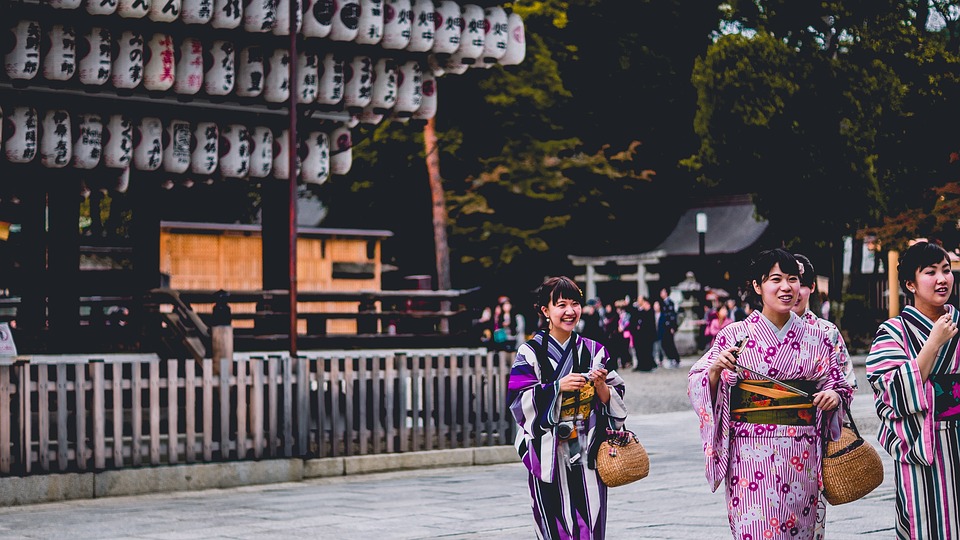
There are some truly gorgeous cities in Japan. From the modern design, futuristic feel, and magic of Tokyo, to the economic giant that is Osaka. But, none of them come close to the culture and tradition that Kyoto has. Ever since the emperor of Japan moved his court to Kyoto in 794, it has been the most important place for Japanese culture. Therefore it is no surprise that there are some unique Kyoto traditions that are integral to Japanese culture. Let’s take a closer look at some of them.
About unique Kyoto traditions
Before reading about unique Kyoto traditions we advise you to study up on Japanese history and culture. Most of these traditions are ancient, which is why understanding their symbolism can be difficult, especially for a westerner. We will try to bring you closer to some of these traditions, but if you want to really understand them, you need to read up on their symbolism, tradition, and meaning. Once you get a grasp of the beauty and elegance that these traditions represent, we won’t be surprised if you visit ksemoving.com and look into moving to Japan.
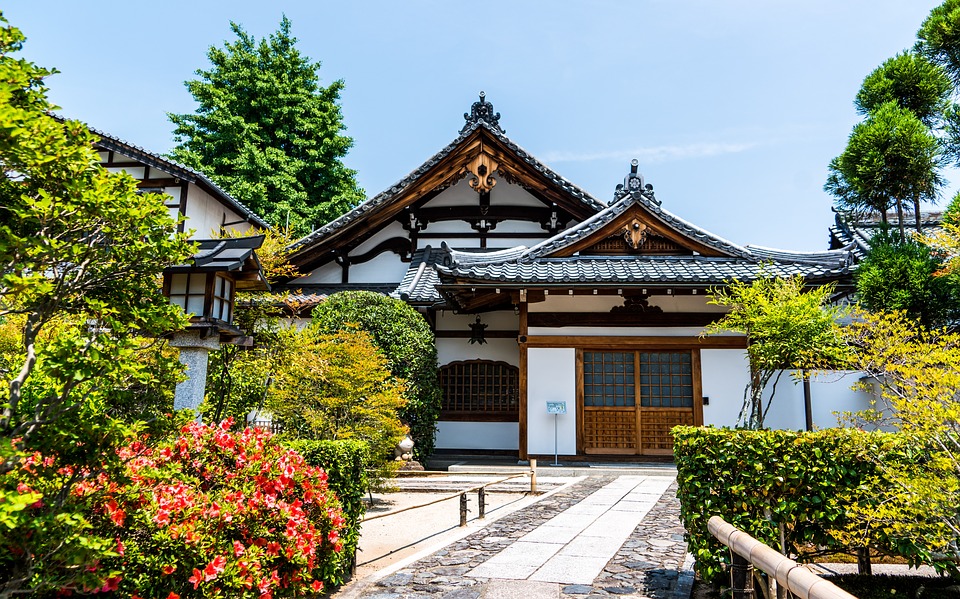
Kimono
Many people think that kimono is a traditional garment in all of Japan. And it is if you are only thinking about everyday wear for a historical Japanese person. But, if you were to consider well-designed kimonos suited for rich people and even the emperor, then you would have to focus on Kyoto. Kyoto has always been a place where the best kimono makers live.
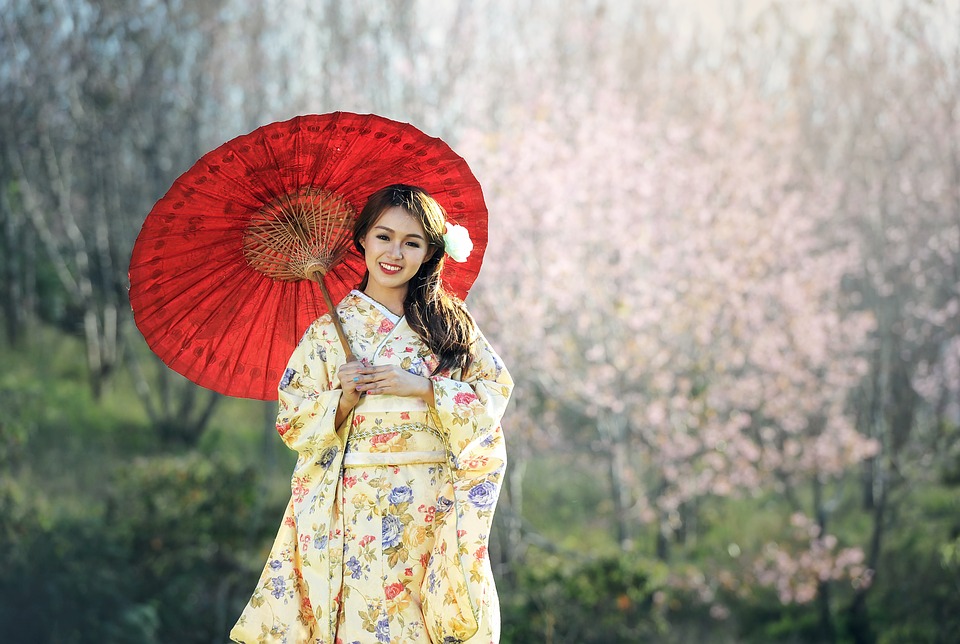
Here, people take extra time and care in order to produce the right fabric and then make it into today’s famous design. They import top-notch materials and high-quality dyes in order to create something that transcends mere garments and becomes a living testament to Japanese culture. The more you look into it, the more you will realize how important Kimonos to the Japanese and how artful their creation actually is.
Yuzen Dyeing
One of the oldest and most admired techniques of dying kimonos is Yuzen Dyeing. Among the unique Kyoto traditions, this one is quite important as it represents their skill and art in kimono making. We don’t know much about the true essence of this technique as masters of it tend to keep it for themselves and their apprentices. Silk weaving families have designed this technique in order to make gorgeous kimonos that we can see in Kyoto today.
Hatsumode at Fushimi Inari Shrine
Today, people usually wear these beautiful kimonos to celebrate traditional Japanese events. And what better event is there than Hatsumode at Fushimi Inari Shire. Every year, the people of Kyoto journey to their Funshimiri Inari Shire in order to honor their ancient gods. As one of the older unique Kyoto traditions, it is considered one of the national treasures of Japan. Ever since Japanese people built it in 711, they have raveled in its beauty. After a while, they started using it to signify good luck and for honoring their ancestors and ancient gods.
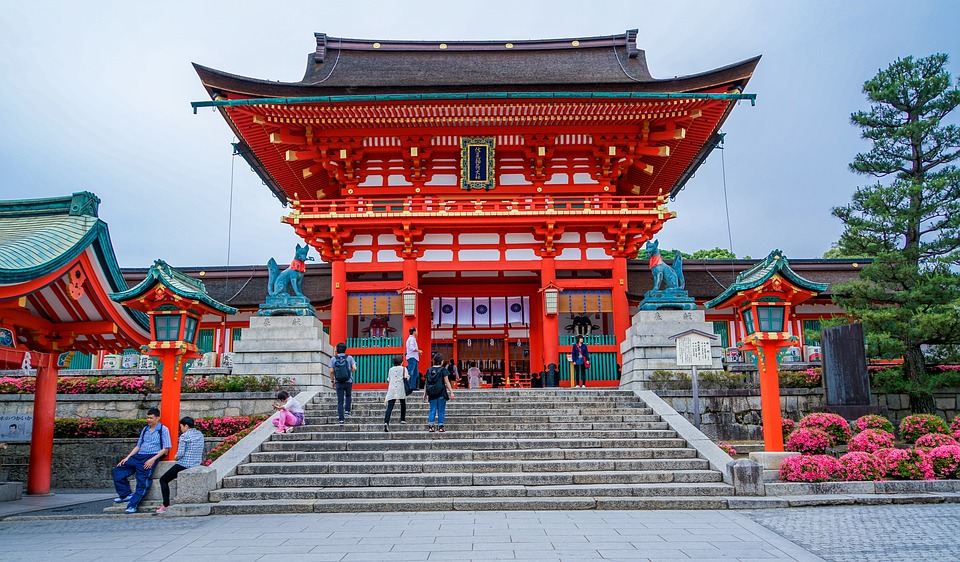
Shodo Caligraphy
Shodo Calligraphy is another tradition exclusive to Kyoto. Although the Japanese have taken this style of calligraphy from China a long time ago, they have adapted it and developed it to a true art form. During the Heian period, the Japanese style of calligraphy was born and is used now for important ceremonies and documents. Anyone who is willing to learn Japanese can learn the basics of this style if they wish to write beautiful greeting cards for the New Year. But, to truly master this can take a lifetime of dedication and practice. Once you understand the basics, you will be amazed at the ease and grace which a master of calligraphy is capable of.
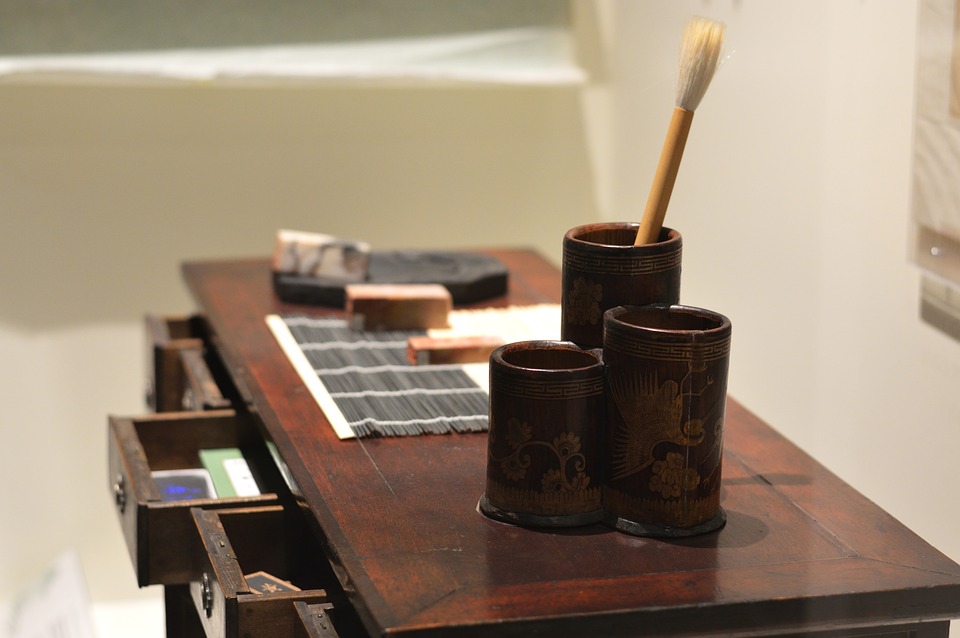
Doll Altars
March 3rd is known in Japan as the Doll Festival. All over Japan, people set up small doll shops where they sell hand-made gorgeous dolls to excited visitors. These dolls can come in various materials and forms. Master doll makers can sometimes spend years on a single doll, which is why they can truly be gorgeous. They can differ wildly in price, so make sure that you are aware of what you are handling before you risk breaking it. What is unique about Kyoto’s way of celebrating the Doll Festival is that the shops offer homemade food as well. There is nothing better than eating a nice meal while looking at the beautiful dolls that the doll makers managed to create.
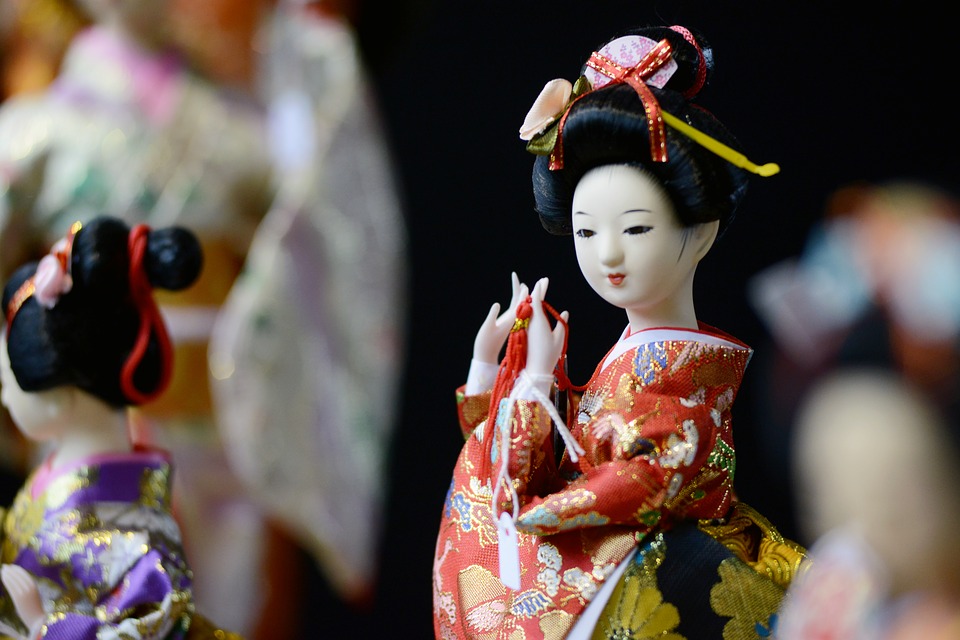
Setsubun Festival
Setsubun Festival is held on February 3rd. On this wonderful day, the people of Kyoto walk down the streets and sing. They toss beans in order to cast away the evil spirits and bring good fortune and healthy living. Japanese girls dance on the street while wearing beautiful garments. There are even special girls (Maiko) that come specially prepared for this event in order to make it even more festive. But, they do not come every year. Which is why, when they do, it is even more significant of an event.
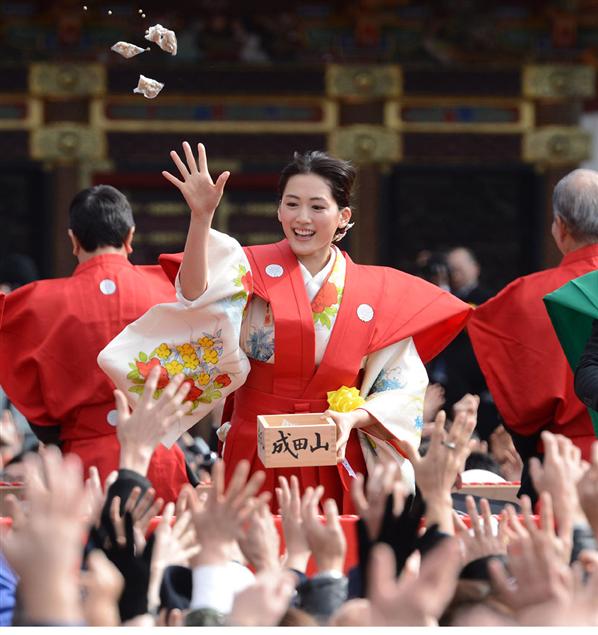
Kemari Hajime
The Japanese invented this game during the 7th century. The goal of the game is to keep a ball in the air as long as possible, without using your arms or hands. There are no winners or losers. There is only the celebration of the game. This wonderful game represents joy and friendship, which is why the Japanese love it so much. They wear their traditional, colorful garments and try to maintain an air of pure joy while they play. And, as you will witness if you live in Japan for a while, this is not difficult to do.
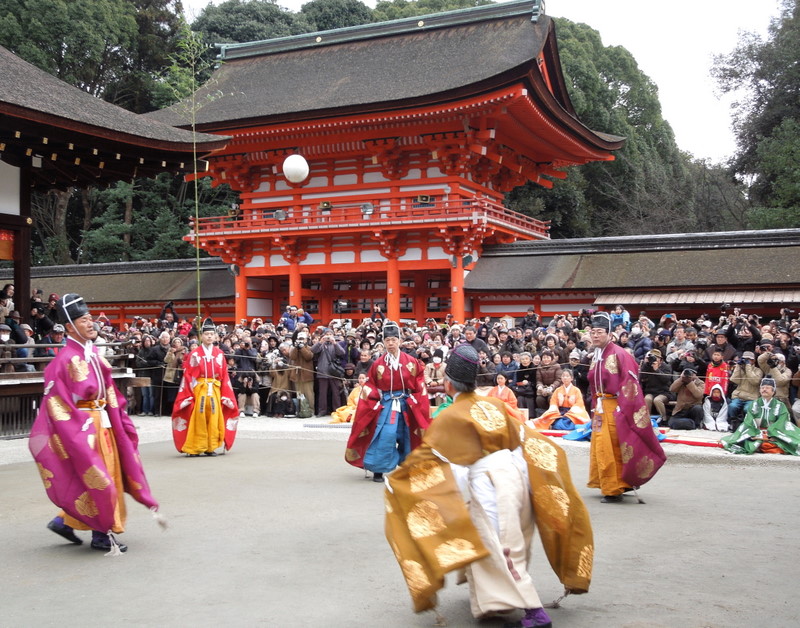
Thank you for reading this week’s blog!
If you are having trouble finding a place in Tokyo, please feel free to contact us and have a look at our properties at tokyoroomfinder.com. We will connect you with your desired house at no cost!
Related Articles
Warning: Undefined array key "sfsi_threadsIcon_order" in /home/veremosglobal/tokyoroomfinder.com/public_html/blog/wp-content/plugins/ultimate-social-media-icons/libs/controllers/sfsi_frontpopUp.php on line 165
Warning: Undefined array key "sfsi_blueskyIcon_order" in /home/veremosglobal/tokyoroomfinder.com/public_html/blog/wp-content/plugins/ultimate-social-media-icons/libs/controllers/sfsi_frontpopUp.php on line 170
Warning: Undefined array key "sfsi_bluesky_display" in /home/veremosglobal/tokyoroomfinder.com/public_html/blog/wp-content/plugins/ultimate-social-media-icons/libs/controllers/sfsi_frontpopUp.php on line 266



